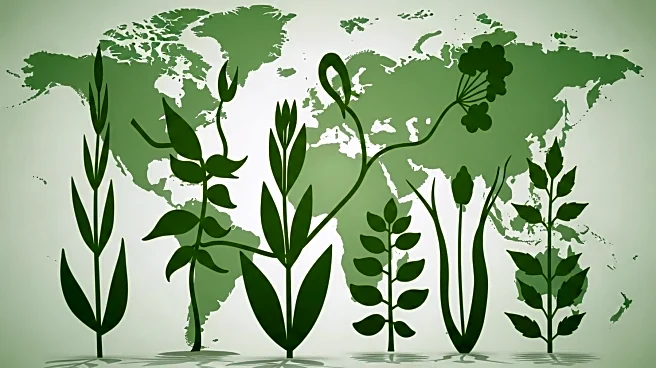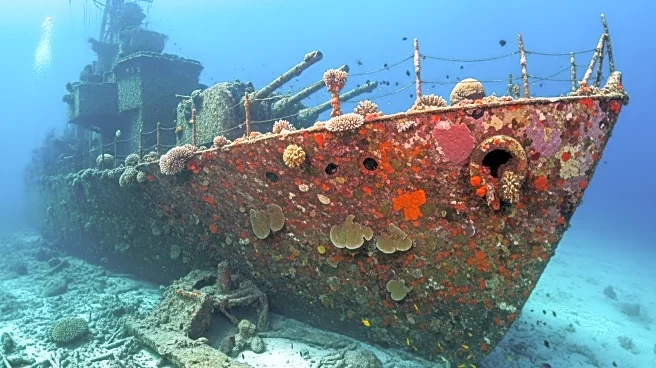What's Happening?
New Zealand has embarked on an ambitious conservation project, Predator Free 2050, aiming to eliminate invasive predators by 2050 to protect its native wildlife. The initiative targets species such as stoats, ferrets, weasels, possums, and rats, which have significantly contributed to the decline of native bird populations, including the iconic kiwi. The project involves community efforts, government-led trapping, and poison drops, with some success already seen on offshore islands. However, the scale of the task is immense, requiring new technology and public support to prevent reinvasion.
Why It's Important?
The Predator Free 2050 initiative is crucial for preserving New Zealand's unique biodiversity, which has been severely threatened by invasive species. The project highlights the global challenge of balancing conservation efforts with ethical considerations, as it involves the large-scale eradication of non-native animals. Success in New Zealand could serve as a model for other countries facing similar ecological threats. The initiative also underscores the importance of community involvement and technological innovation in addressing environmental issues.
What's Next?
To achieve its goals, New Zealand will need to develop new technologies, such as AI-driven traps and species-specific toxins, to effectively manage invasive populations. The country must also ensure widespread public engagement to maintain momentum and prevent reinvasion. Conservation experts suggest focusing on biodiversity hotspots and creating more fenced sanctuaries as interim measures. The ethical debate surrounding the project may influence future conservation strategies, emphasizing the need for humane and sustainable solutions.
Beyond the Headlines
The initiative raises ethical questions about the justification of killing invasive species to save native wildlife. It also highlights the responsibility humans have in correcting ecological imbalances caused by past actions. The project could lead to long-term shifts in conservation practices, prioritizing ecosystem restoration and species protection. Additionally, it may inspire global efforts to address invasive species challenges, promoting international collaboration in biodiversity conservation.












